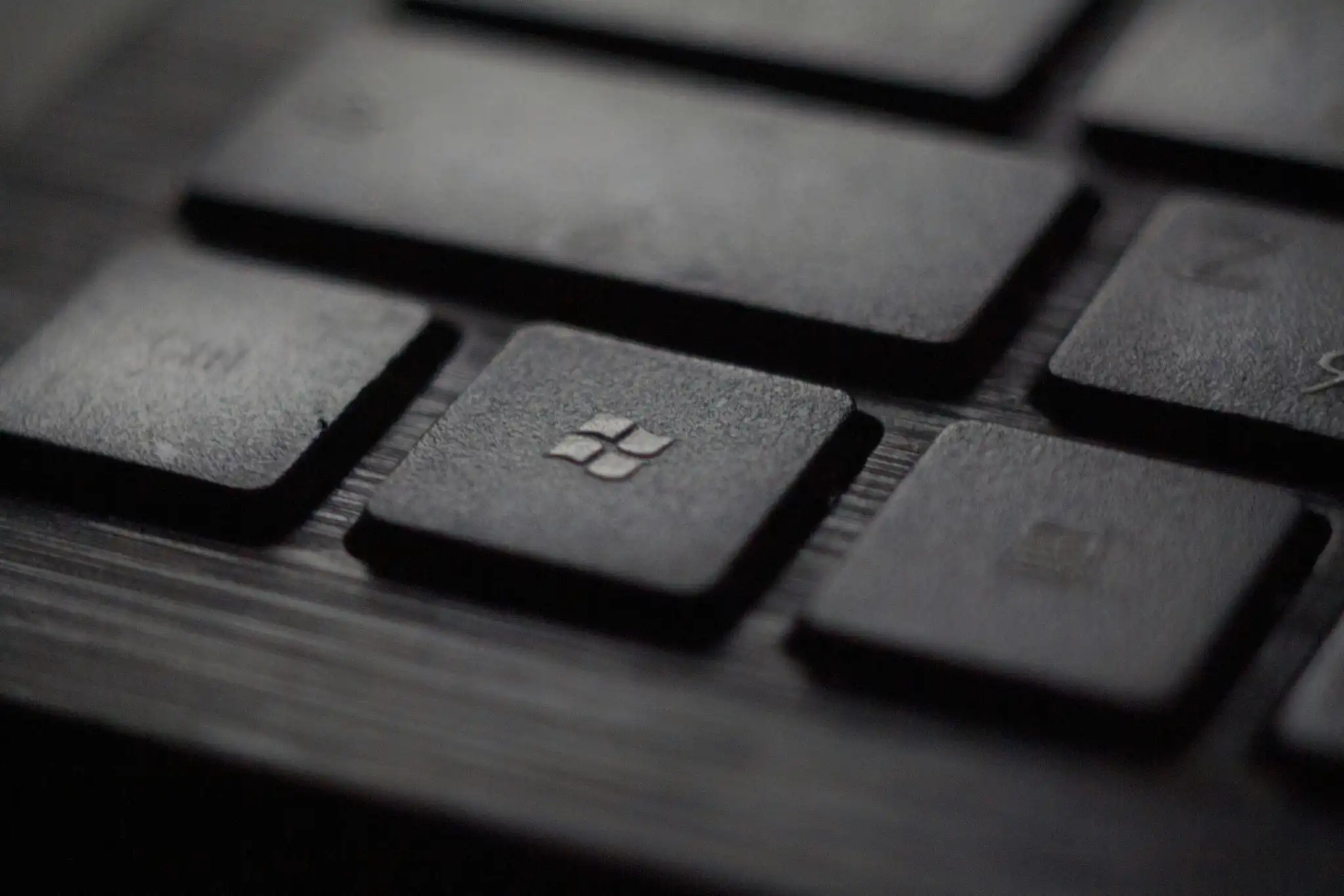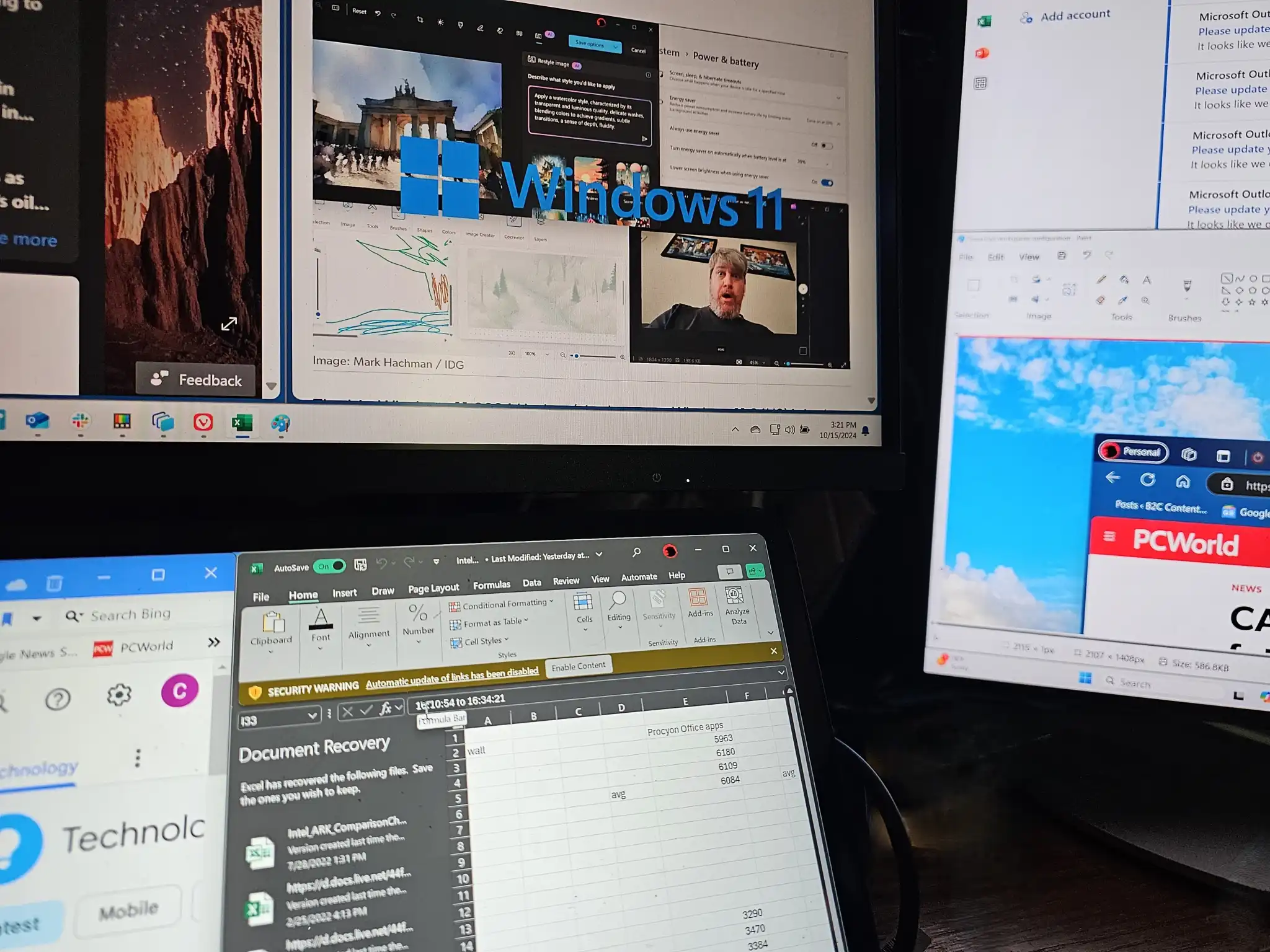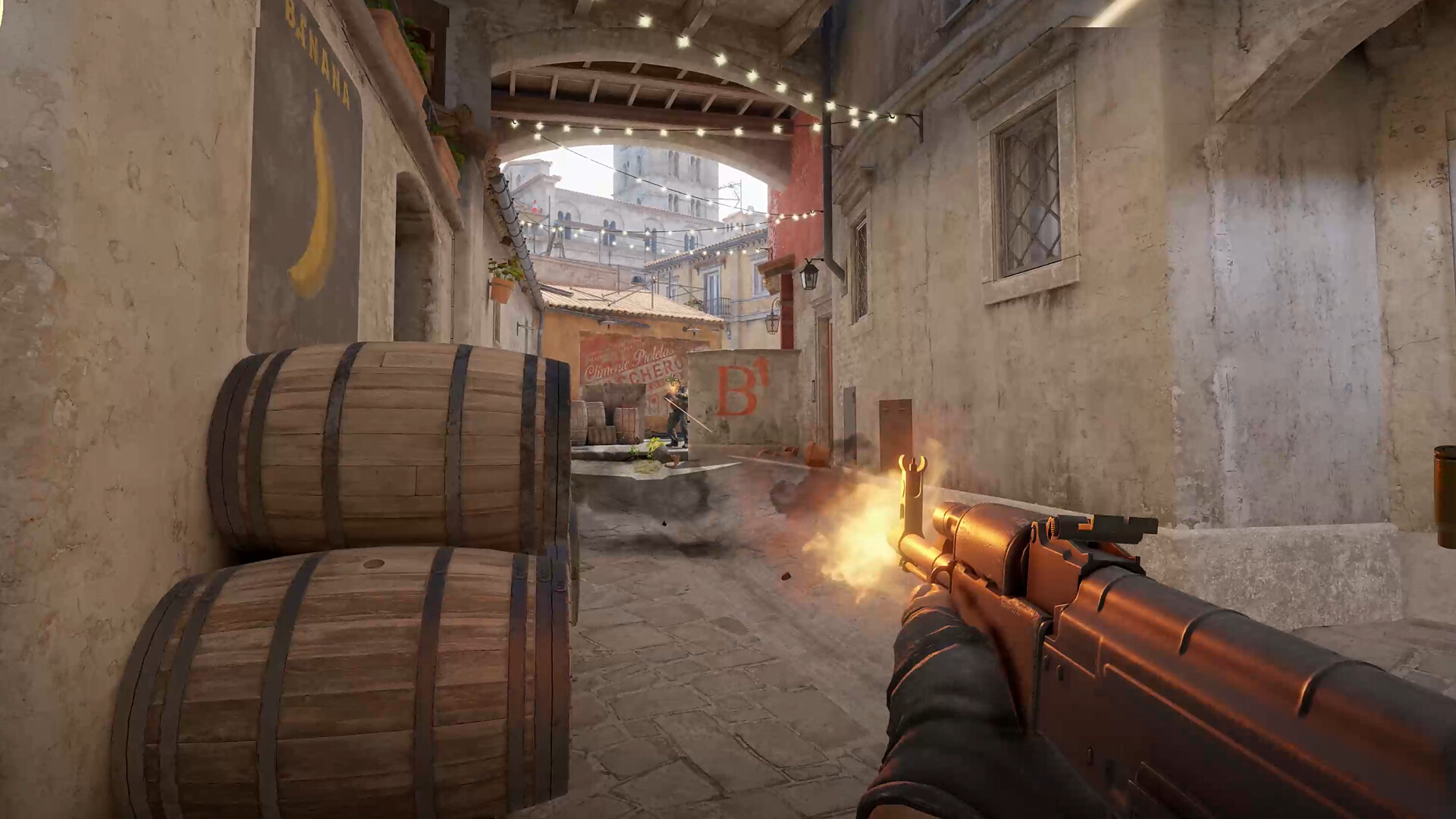Microsoft ambitiously attempted to create an alternate operating system without any Windows code.
Somewhere out there could be an alternate universe where Microsoft exists without Windows, but probably not. Microsoft without Windows is almost unimaginable, given how globally popular the operating system has become over the decades.
But back in 2008, it became known that Microsoft was working on an alternative to Windows. Nicknamed “Midori,” this operating system was rewritten from the ground up to disregard all existing Windows code and start over from scratch.
Midori could’ve heralded a new era for Microsoft, but development of the Windows alternative was abandoned in 2015. Now, a series of videos on X/Twitter provide new insights into the discontinued project.
Why Midori was so exciting
The most exciting thing about Midori wasn’t the fact that Microsoft was willing to leave behind the massive heap of legacy spaghetti in Windows that continues to cause issues today.
On top of that, it was the promise of new features, tools, and even a new web browser that would all be freshly modern while remaining backwards-compatible with Windows. Ambitious, to say the least.
During a presentation made back in 2013, Microsoft was still speaking hopefully about Midori’s new ideas and approaches.
In the videos shared on X/Twitter, you can see Joe Duffy—who was heavily involved in the Midori project—talking about the development of the new operating system. (Duffy no longer works at Microsoft.)
What happened to Midori?
Just two years later, Microsoft officially abandoned Midori. There were likely internal crises that led up to the decision, as it wouldn’t have made sense to throw all of that research and development away on a whim, but no one knows for sure.
Earlier reports that date back to Midori’s active development period reveal a great deal of skepticism towards the project. Why abandon the old kernel to start something completely new if the old one still works well enough and can still be improved? After all, Microsoft had always prioritized the longevity of Windows and its ability to evolve over many, many decades in far-reaching ways.
After Midori was cancelled, Microsoft took some of its ideas and incorporated them into Windows. But even as they did so, Microsoft strangely tried to maintain a cloak of secrecy over Midori. Maybe it would’ve been too much egg on Microsoft’s face.
Or maybe Microsoft didn’t want the world at large to believe that there could be a true alternative to Windows. After all, Windows remains the bedrock for almost all things Microsoft to this day, a central building block of the company despite all its weaknesses and drawbacks.





